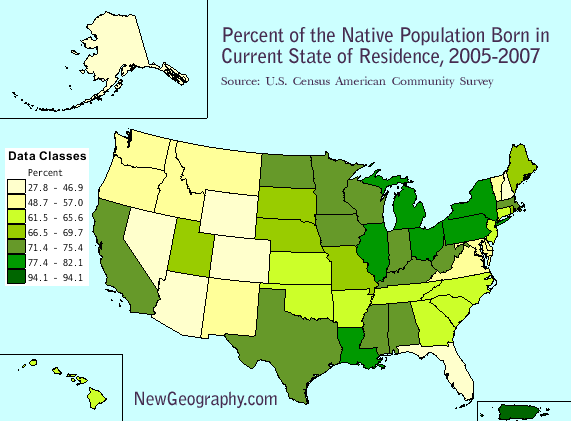Obama’s $800 billion stimulus bill has both policy makers and the public wondering what the bill will actually manage to stimulate. Yet, somewhat surprisingly, a recent study shows that left to fend for itself, the United States is inherently prosperous.
The Legatum Prosperity Index recently released a study of the most prosperous nations, measuring economic growth and quality of life. The study found that the U.S. – despite its current economic situation – ranks fourth out of 104 nations.
The amount of wealth and sense of well-being enjoyed by U.S. citizens is higher than any among large countries, with no other country with more than 100 million inhabitants ranking above the top 10.
The Index measures nations overall by “how well they foster the practices, institutions, and habits that create competitive economies, stable and free political institutions, and social capital.”
When looking at prosperity in this fashion, America and its ability to foster both economic and non-economic progress is what puts it so high on the scale. The US still rewards innovation and entrepreneurship to an extent seen in few other countries. This opportunistic culture provides the basis for successful growth of commerce even in an otherwise weak environment.
The U.S. bests the other top 10 countries on personal income by 40 percent. It scores 38 percent higher than the rest of the world in its ability to “commercialize innovation through patents.”
On the flip side, the US ranks just 7th in economic competitiveness and below average on promoting international trade and investment. The stimulus bill could offer some jolt to the weak economy, but given access to capital, Americans might prove adept in finding their own path to prosperity.













